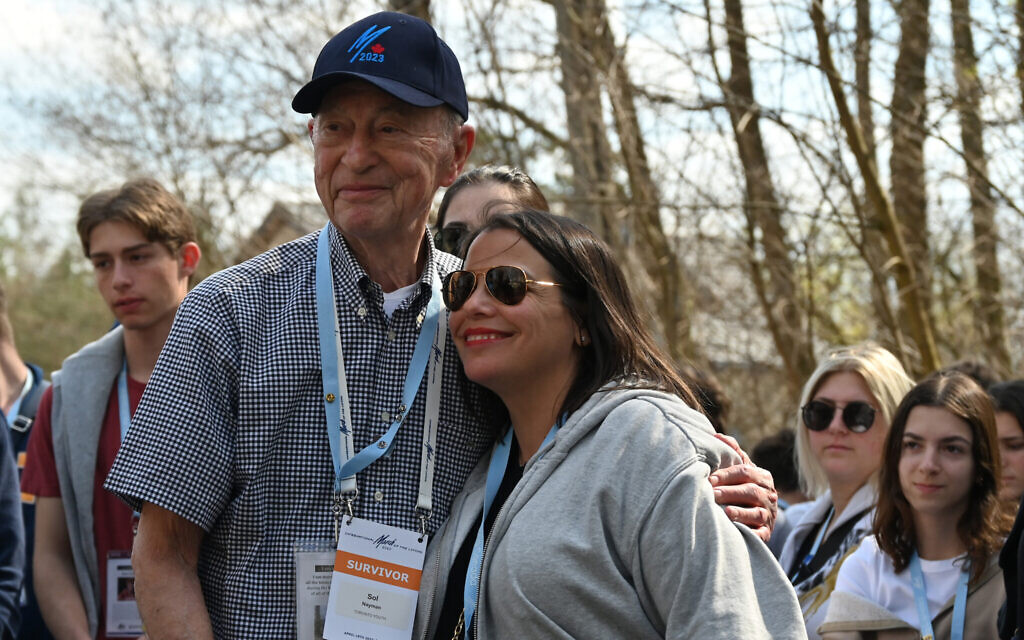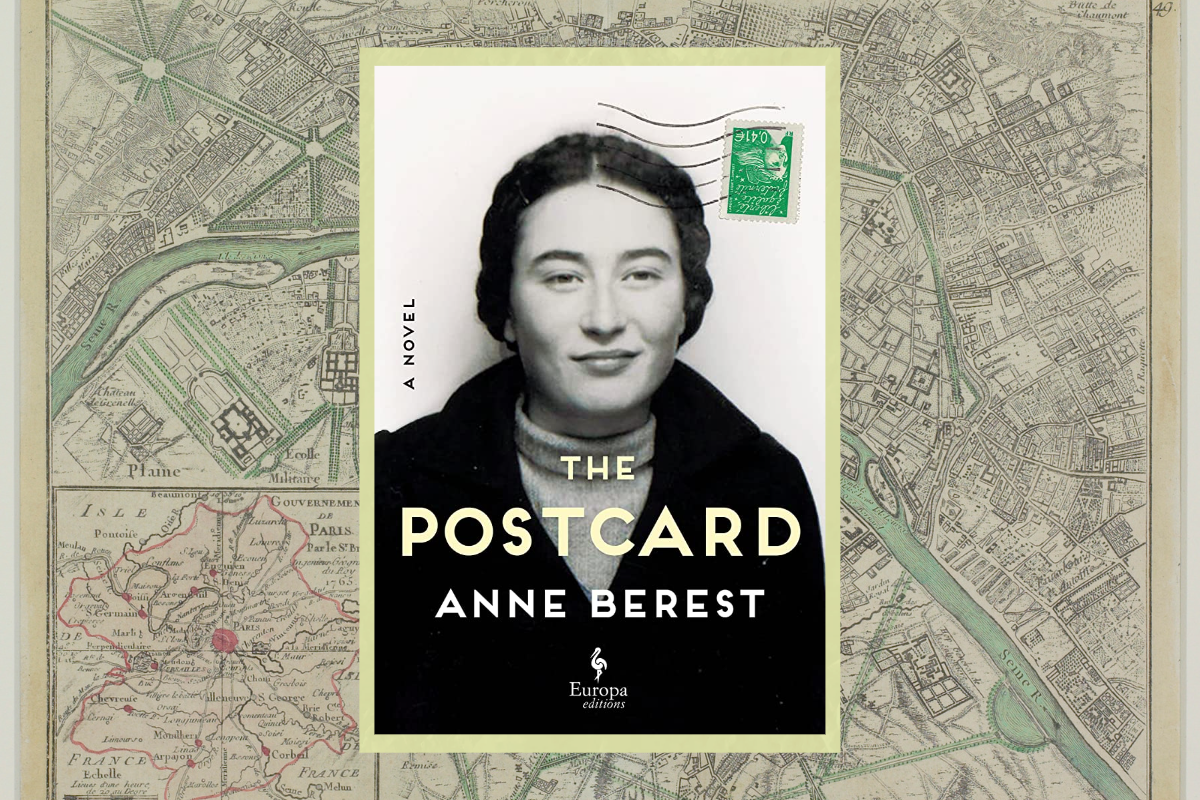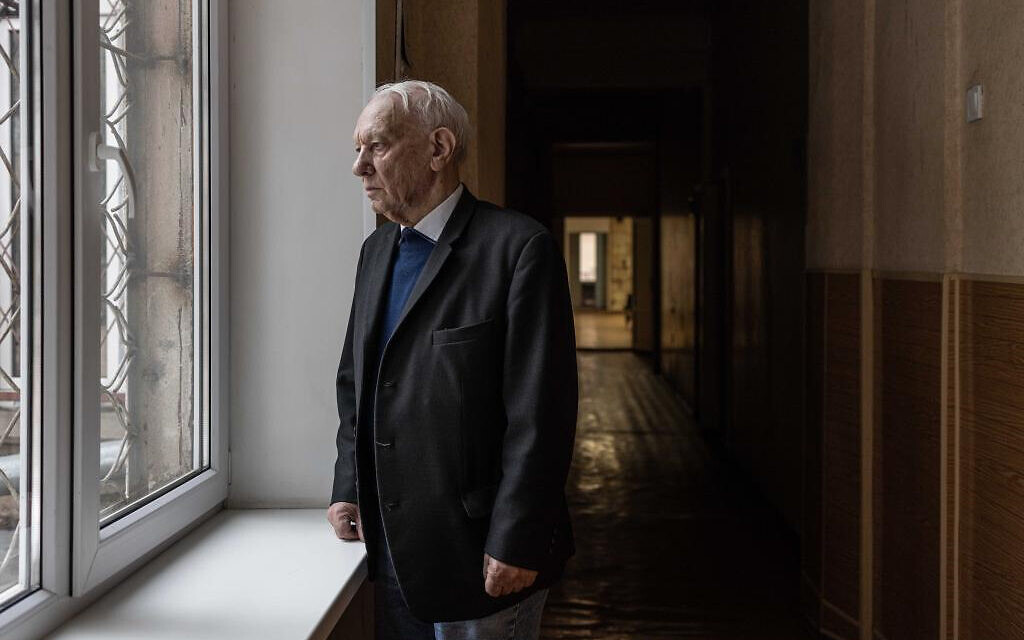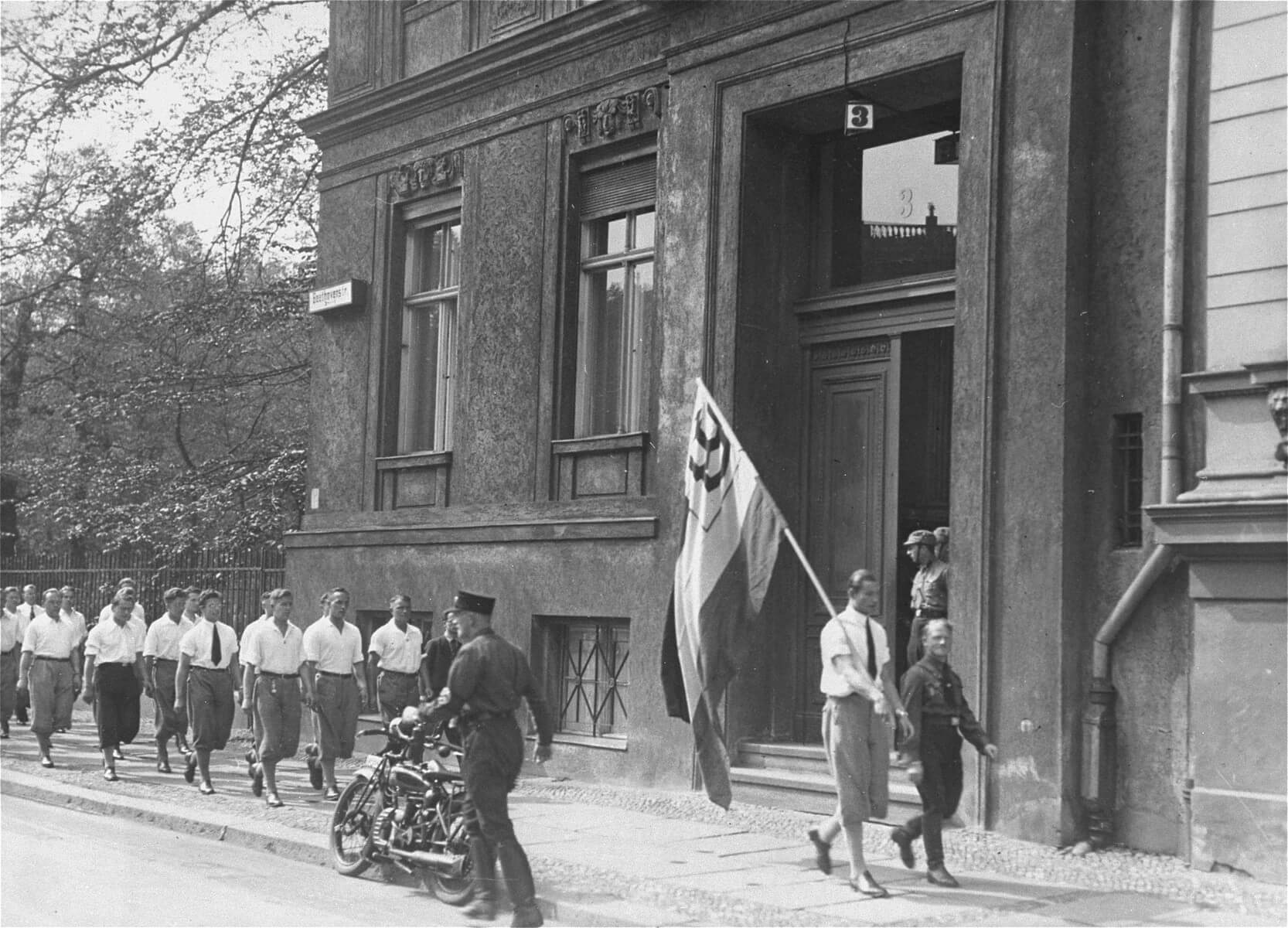Sixties Fan
Diamond Member
- Mar 6, 2017
- 58,662
- 11,122
- 2,140
- Thread starter
- #781
Jews have done nothing wrong.I can only imagine the suffering of people in any genocide. Why would people of one group e sought out to suffer this? And of course, most did nothing wrong except being of that group. Just knowing what any group of any way did wrong for the reasons of the heinous ways treated would help complete any stories. The atrocities of anywhere this happens makes me think how fortunate I and many others are.
What is wrong is all the lies told about Jews some Christianity was founded by an ex Jews who came to hate Judaism and wanted to do away with it.
Every generation, now, creates new lies about Jews which do create fears and then hatred for things that Jews have never done, are not doing , and would not do.
Lies create fear which can people from any community, as it is happening in many places in the world.
But the Holocaust was a thought out intent of killing all the Jews in the world, due to too many lies embraced by Christians and Muslims.

















